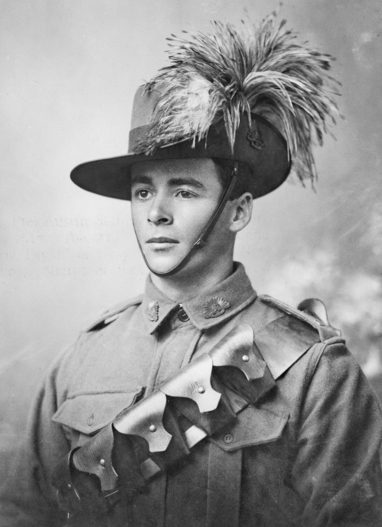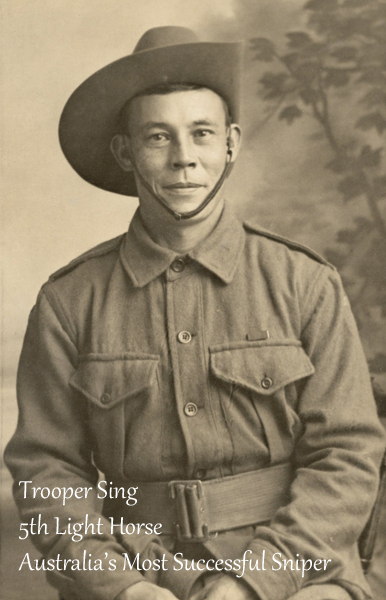A Superb Silver Australian 5th Light Horse Mobile Infantry Badge
Excellent rare and original example [Wide Bay and Burnett Light Horse] Queensland Mobile Infantry. The history of the 5th Light Horse is distinguished and goes thus; The 5th Light Horse Regiment was raised in Brisbane in September 1914, entirely from men who had enlisted in Queensland, and became part of the 2nd Light Horse Brigade. Sailing from Sydney on 21 December 1914, the regiment disembarked in Egypt on 1 February 1915.
The light horse were considered unsuitable for the initial operations at Gallipoli, but were subsequently deployed without their horses to reinforce the infantry. The 2nd Light Horse Brigade landed in late May 1915 and was attached to the 1st Australian Division. The 5th Light Horse played a defensive role for most of the campaign but was involved in several minor attacks. It left the peninsula on 20 December 1915.
Back in Egypt, the 2nd Light Horse Brigade became part of the ANZAC Mounted Division and in February 1916 joined the forces defending the Suez Canal from a Turkish advance across the Sinai Desert. The 5th Light Horse?s main activity in the Sinai was long-range patrolling, but it was involved in several small engagements during August, as the Turks retreated after their defeat at Romani.
The ANZAC Mounted Division advanced into Palestine in late December 1916. The 5th?s work predominantly continued to be patrols and raids until the advance stalled before the Turkish bastion of Gaza. The regiment participated in all three battles aimed at capturing the town, most notably the first abortive attempt on 27 March 1917. On this occasion the 5th attacked Gaza from the rear and was fighting its way through streets and gardens when ordered to withdraw.
With the fall of Gaza on 7 November 1917, the Turkish position in southern Palestine collapsed. The 5th was involved in the pursuit that followed, and then spent much of the first half of 1918 holding the west bank of the Jordan River. During this time it was involved in the Amman (24?27 February) and Es Salt (30 April?4 May) raids, both of which were tactical failures but helped to convince the Turks that the next offensive would be launched across the Jordan.
Instead, the offensive was launched along the coast in September 1918, with the 5th taking part in a subsidiary effort east of the Jordan. It attacked at Amman on 25 September, and on 29 September 4,500 Turks surrendered to just two squadrons from the regiment at Ziza. Turkey surrendered on 31 October 1918, but the 5th Light Horse was employed one last time to assist in putting down the Egyptian revolt of early 1919. It sailed for home on 28 June 1919. Text from AWM
One of the most famous men of the 5th Light Horse was sniper Trooper Sing at Gallipoli. Trooper Sing sniped from a position known as Chatham's Post, his tally stated as 150 confirmed, but a higher informal estimate puts his tally at 201. The discrepancy can be accounted for by the way such hits were recorded. On 23 October 1915, General Birdwood issued an order containing his compliments on Trooper Billy Sing's performance accounting for the 201 Turks. Private Sing was awarded the Belgian Croix de Guerre in early 1918, probably for his role in leading a patrol eliminating some German snipers at Polygon Wood in September 1917. Studio portrait in the gallery is of 1707 Lance Corporal (L Cpl) John James Marsh, 5th Light Horse Regiment from Murraria, Queensland. A 21 year old grocer prior to enlisting on 18 August 1915, he embarked for overseas with the 11th Reinforcements from Sydney on 21 October 1915 aboard HMAT Hawkes Bay. He served with the regiment in the Middle East where he was wounded in action at Gaza and died on 6 November 1917. L Cpl Marsh is buried in the Beersheba War Cemetery, Israel. Original badge, pattern1930/42, with two lug fixing in superb order and superb quality definition.
Code: 18796
295.00 GBP




